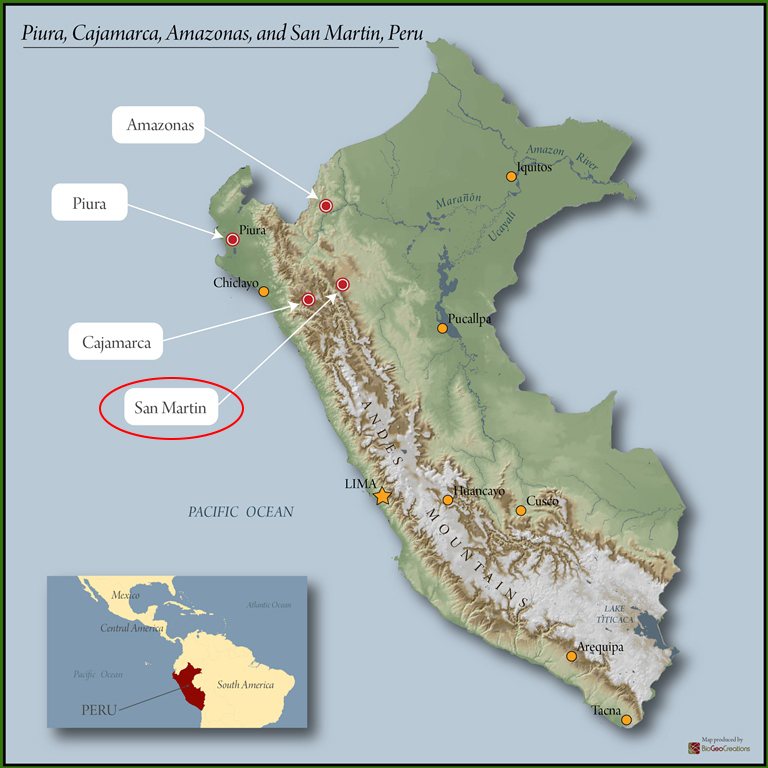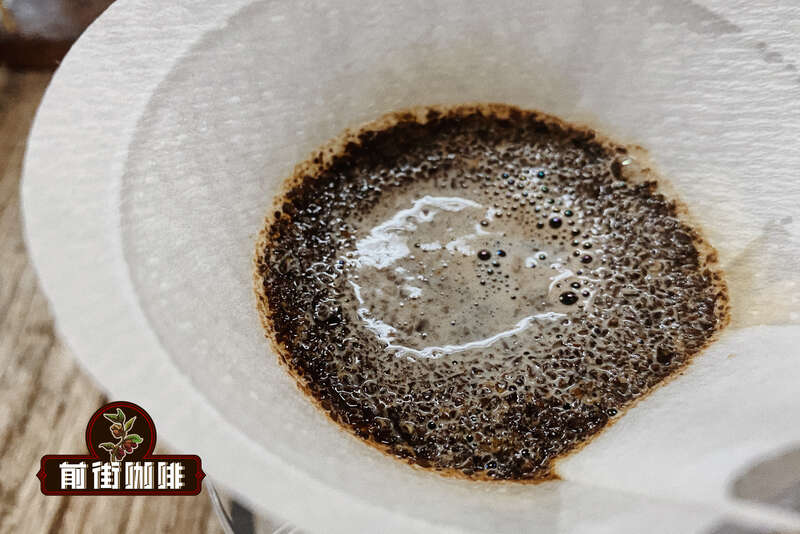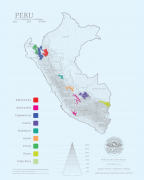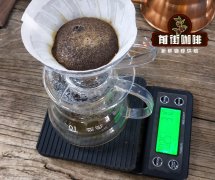What's St. Martin's coffee like? The characteristic Flavor of San Martin Coffee producing area in Peru

Coffee is Peru's main export. However, crops are affected by climate change, which reduces acreage and promotes the spread of disease. To meet these challenges, farmers have two parallel strategies: they diversify production by adding new crops such as cocoa or vegetables, and invest in organic agriculture to protect the environment and get higher prices. The latter makes Peru the world's largest producer of organic coffee. At the same time, due to the overall improvement in international tourism and the Peruvian economy, the local market is expanding, thus creating a new middle class.
San Martin (San Martin) is the third largest coffee producing region in Peru and the fastest growing region in recent years. The Huallaga River River and its tributaries pass through St. Maarten and have several unique landforms. The Andean Plateau (Andean Plateau), which has many hills and gullies, is an ideal place to grow coffee.
■ altitude: 1100-2000m
■ harvest period: March-September
■ varieties: bourbon, Iron pickup, Kaddura, Pache, Mondonovo, Katuai, Katimo
■ flavor: fragrant aroma, high acidity, moderate flavor, moderate mellow.

Important Notice :
前街咖啡 FrontStreet Coffee has moved to new addredd:
FrontStreet Coffee Address: 315,Donghua East Road,GuangZhou
Tel:020 38364473
- Prev

Peruvian Coffee background and current situation Peruvian Coffee grading system Peruvian Coffee treatment
The Historical background and present situation of Peruvian Coffee Peru had its first coffee shop as early as 1771, but it was not until 1895 that Peru began to export coffee beans. On the lush slopes of the Andes, many older farms and small farmers continue to grow primitive varieties brought by early settlers. Most farmers are of Indo-Canadian origin and speak Spanish as a second language.
- Next

The background of Secret Satipo Coffee producing area introduces the characteristics of Satipo
Satipo is a Peruvian town located in the Hunin region in the central part of the country. It is the capital of Satipo province and is 628m above sea level. The producing area is located to the east of the Andes, between the San Martin area in the north and the Cusco area in the south, and is part of the Huning coffee growing area, where the culture is very diverse. Coffee is an important crop here, as well as cocoa
Related
- Beginners will see the "Coffee pull flower" guide!
- What is the difference between ice blog purified milk and ordinary milk coffee?
- Why is the Philippines the largest producer of crops in Liberia?
- For coffee extraction, should the fine powder be retained?
- How does extracted espresso fill pressed powder? How much strength does it take to press the powder?
- How to make jasmine cold extract coffee? Is the jasmine + latte good?
- Will this little toy really make the coffee taste better? How does Lily Drip affect coffee extraction?
- Will the action of slapping the filter cup also affect coffee extraction?
- What's the difference between powder-to-water ratio and powder-to-liquid ratio?
- What is the Ethiopian local species? What does it have to do with Heirloom native species?

